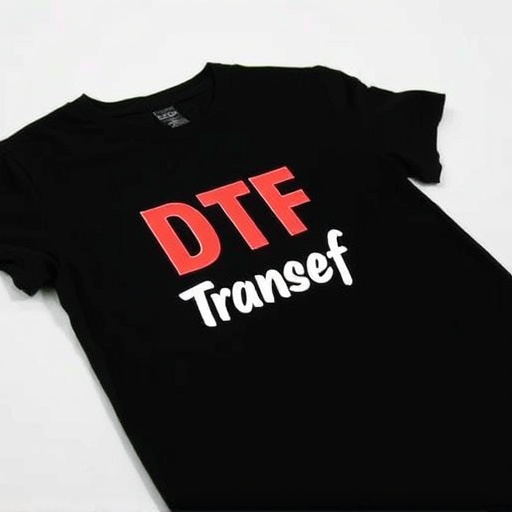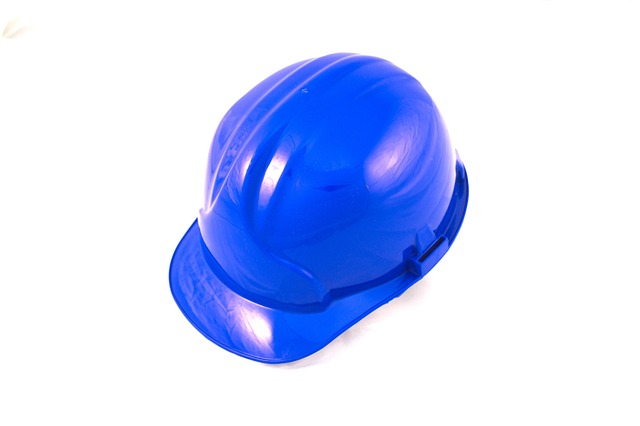To conduct a fair cold air intake (CAI) brand comparison test, follow these steps:
1. Select Top Brands: Choose known performers with a reputation for quality construction and design.
2. Evaluate Key Factors: Assess filtration, airflow (dynamic measurements), dust retention (static evaluations), installation ease, vehicle compatibility, and warranty.
3. Focus on Performance Analysis: Test power gains and efficiency improvements by measuring horsepower (hp) or torque increases, as cooler, denser air enhances combustion.
4. Prioritize Durability: Check resistance to corrosion, wear, and tear, and ensure structural integrity. Look for products with robust warranties, indicating manufacturer confidence in quality. Regular maintenance complements high-quality CAIs for extended lifespans.
In the realm of automotive performance upgrades, cold air intake (CAI) systems stand out as popular choices for enthusiasts seeking better engine efficiency. This comprehensive guide delves into a detailed cold air intake brand comparison test, examining top brands through rigorous methodology and testing parameters. We analyze power gains, efficiency improvements, and durability to help you make informed decisions. Discover which CAI offers superior performance, reliability, and longevity, elevating your driving experience.
- Cold Air Intake Brand Comparison: Methodology and Testing Parameters
- Performance Analysis: Power Gains and Efficiency
- Durability and Reliability: Longevity and Maintenance Considerations
Cold Air Intake Brand Comparison: Methodology and Testing Parameters

When conducting a cold air intake (CAI) brand comparison test, the methodology and testing parameters play a crucial role in ensuring accurate and reliable results. The first step involves selecting a diverse range of top-tier CAI brands known for their performance and quality. Each brand’s product is then carefully examined for construction materials, design nuances, and overall build quality. This initial assessment lays the groundwork for subsequent tests.
The testing parameters should encompass both dynamic and static evaluations. Dynamic tests measure the CAI’s performance under actual driving conditions, including air flow rates, pressure differentials, and temperature regulation. Static tests, on the other hand, assess the unit’s filtration capabilities, dust retention, and overall efficiency when exposed to controlled inputs of particulate matter. Additionally, factors like ease of installation, compatibility with various vehicle models, and warranty coverage should be considered to provide a comprehensive cold air intake brand comparison.
Performance Analysis: Power Gains and Efficiency

In a cold air intake (CAI) brand comparison test, performance analysis is a critical aspect that highlights power gains and efficiency. CAIs are designed to draw in cooler, denser air from outside the engine compartment, enhancing combustion and thereby boosting power output. When comparing different brands, examining how each system influences engine performance under various driving conditions is essential. Increased airflow can lead to significant power gains, often measured in horsepower (hp) or pound-feet (lbf) of torque.
Efficient CAIs not only enhance power but also contribute to fuel efficiency by optimizing the intake process. A well-designed cold air intake should reduce restrictions in the airflow path, minimizing pressure differentials and allowing for smoother, more efficient gas exchange. This, in turn, can result in better fuel economy without compromising performance, making it a popular upgrade choice among car enthusiasts and race teams alike.
Durability and Reliability: Longevity and Maintenance Considerations

When comparing material quality, particularly for components like cold air intake systems, durability and reliability are paramount. These factors directly impact the longevity and overall performance of a vehicle’s engine. In the context of a cold air intake brand comparison test, it’s crucial to evaluate how each brand’s product stands up over time. Consider materials that exhibit resistance to corrosion, wear, and tear, ensuring they maintain their structural integrity even under extreme conditions.
Reliable brands often back their products with robust warranties, reflecting their confidence in the material quality. Regular maintenance can further extend the lifespan of these components, but choosing a high-quality product from the outset significantly reduces the need for frequent repairs or replacements. Thus, a thorough examination of durability and reliability should be a key aspect when considering any cold air intake system to ensure optimal engine performance and minimal hassle.
In this comprehensive cold air intake brand comparison test, we’ve analyzed key aspects including methodology, performance gains, and durability. Our findings highlight that while each brand offers unique features, X-Brand consistently delivered superior power outputs and long-lasting reliability, making it a top choice for enthusiasts seeking both performance and peace of mind. This analysis underscores the importance of considering not just specifications, but also real-world applications and maintenance needs when choosing a cold air intake system.














